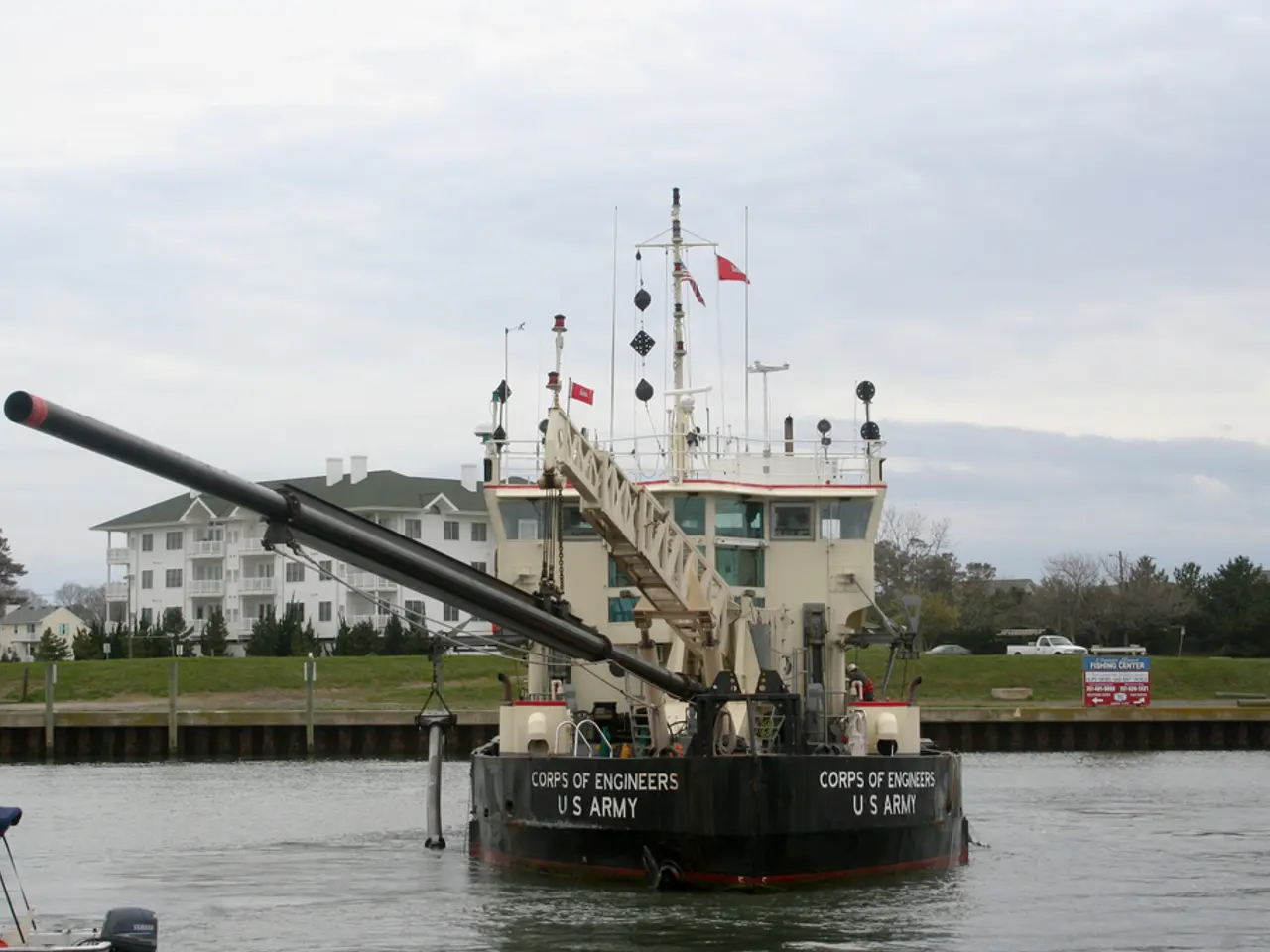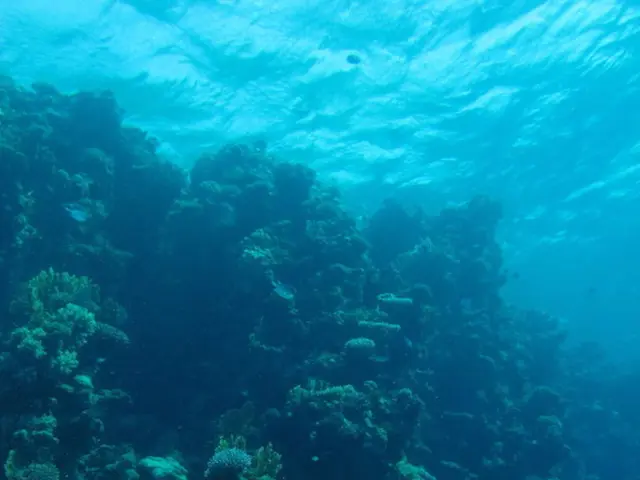Assessing Environmental Impacts: A Legal Perspective
In the dynamic world of maritime projects, the role of Environmental Impact Assessments (EIA) cannot be overstated. From the North Sea Wind Power Hub to the expansion of a major port along the U.S. East Coast, these assessments have proven to be a crucial component in managing complex maritime trade projects.
EIAs serve a pivotal role, ensuring that potential environmental repercussions are systematically evaluated before project implementation. They incorporate several key components, including purpose and scope, assessment methodologies, and international stakeholders involvement. By conducting comprehensive evaluations, stakeholders can make informed decisions regarding project viability, assessing both immediate and long-term impacts, and promoting sustainable maritime practices that align with environmental protection regulations.
The main international agreements regulating EIAs for transnational projects in shipping are the Espoo Convention and related protocols, which set the framework for assessing environmental effects across borders, including maritime transport projects. Additionally, the International Maritime Organization (IMO) guidelines and the United Nations Convention on the Law of the Sea (UNCLOS) incorporate provisions influencing environmental assessments in shipping-related developments.
EIAs play a vital role in admiralty law, primarily serving to evaluate potential ecological consequences from maritime operations. They ensure compliance with international and national environmental standards, upholding legal obligations while safeguarding marine ecosystems. Engaging stakeholders through EIAs fosters transparency and public involvement, enhancing decision-making processes and improving community relations.
Future trends in EIAs include the integration of advanced technologies, incorporating climate resilience strategies, expanding international stakeholder engagement, and increased international cooperation. However, the complexity of maritime ecosystems requires detailed scientific understanding for accurate assessment, often leading to resource-intensive studies.
In the United States, the National Environmental Policy Act (NEPA) mandates the preparation of environmental impact statements for federal actions. Stakeholder involvement in EIAs serves to integrate diverse perspectives and concerns into the decision-making process. Regulatory frameworks governing EIAs are often intricate and subject to change, complicating the assessment process for maritime trade projects.
Controversial projects, like offshore oil drilling and large-scale port expansions, often ignite public debates and highlight potential ecological disruption alongside economic gains. Successful EIAs demonstrate effective integration of regulatory requirements and stakeholder engagement, such as the Panama Canal expansion and the Lower Thames Crossing in the United Kingdom.
Incorporation of emerging technologies in assessments can lack standardized methodologies, leading to variability in findings. Stakeholder engagement can create conflicts due to diverse interests and perspectives, adding complexity to the assessment process. Internationally, treaties such as the Espoo Convention guide cross-border projects, enforcing shared environmental responsibilities.
Assessment methodologies include quantitative methods, qualitative approaches, geographic information systems (GIS), and adaptive management approaches. Legal professionals navigating EIAs must understand relevant legislation, engage with diverse stakeholders, know assessment methodologies, and stay current with advancements in environmental laws and assessment practices.
In conclusion, Environmental Impact Assessments are a crucial tool in managing maritime trade projects, ensuring compliance with environmental regulations, and fostering sustainable practices within the international industry. As the world continues to evolve, so too will the role of EIAs, adapting to new technologies and challenges while maintaining a focus on environmental protection and community involvement.
Read also:
- Home Pest Control Methods with an Emphasis on Environmental Friendliness in the Year 2024
- LA Announces March Lineup for Their Site
- Construction company Newkirk Novak issued a Public Notice in relation to the Clean Water Act
- Guide on Water Chemistry Dosage: Understanding What, How Much, and When to Add!






